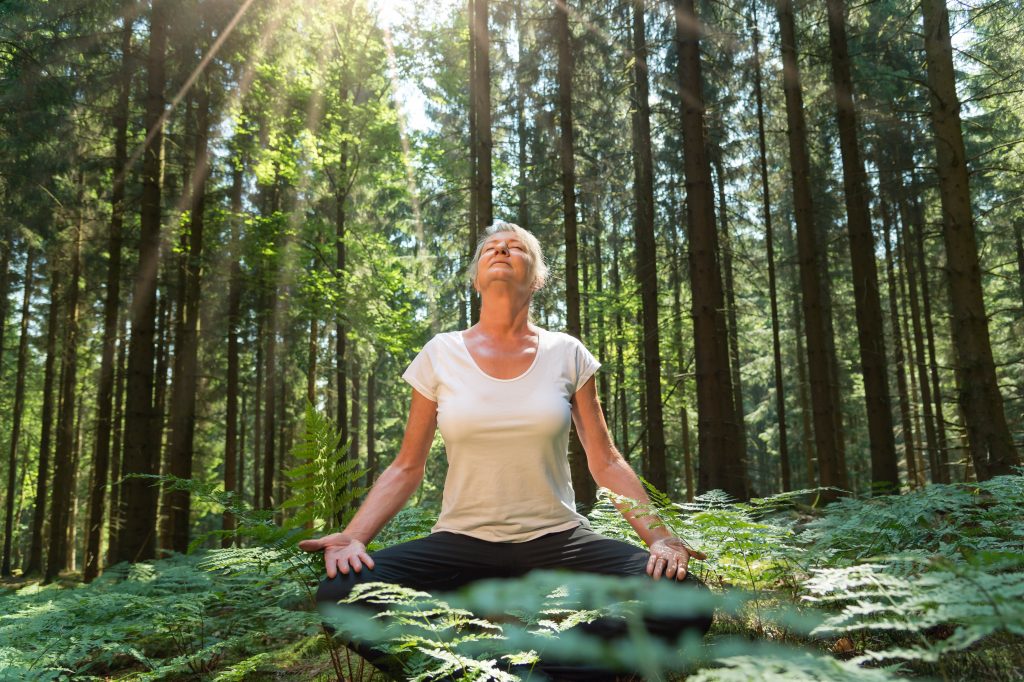
Do you believe you may have “nature deficit disorder”? You’re probably not alone! Moving from homes to cars to an office building or store and back again, as well as addictions to our many screens, mean most of us – children and adults alike – are not spending enough time in nature. One way to correct that is through tree bathing.
Tree bathing is “soaking” in the calming influence of trees and nature in general. It is not exercising, hiking, or jogging in a wooded area; rather, it is being in nature, connecting to it through our senses. It can have many physical, mental, and spiritual benefits, too! But how do you do tree bathing properly?
What Is Tree Bathing?
In Japan, tree bathing is called shinrin-yoku: shinrin means “forest,” and yoku means “bath.” Together, it means taking in the forest through our sight, hearing, taste, smell, and touch, opening up the sense to bridge the ever-widening gap between us and the natural world.
It’s a simple activity: tree bathing involves slowly walking through a forest, taking in the atmosphere through all your senses, and enjoying the benefits that come from such an excursion. In Japan – a country with both densely populated cities and heavily wooded areas – the activity is popular: more than 2.5 million people walk forest trails annually to ease stress and enhance health.
Researchers in Japan and South Korea conducted studies on the health benefits of spending time amongst the trees. They demonstrated that tree bathing has calming neuro-psychological effects, enacting positive changes in the nervous system, reducing the stress hormone cortisol, and boosting the immune system.
What Effects Can Tree Bathing Have On The Body?
Tree bathing has been known to reduce stress, which is essential for effective wellness. We all know what high levels of tension do to us psychologically, but they can have negative physical effects, too. When the stress-response system is triggered, stress hormones like cortisol release into the body. These chemicals play a negative role in cardiovascular problems, diabetes, skin conditions, headaches, asthma, and inflammatory illnesses like arthritis, among many other ailments.
Because forest bathing can lower stress hormone production and elevate mood states, it’s not surprising that it also influences markers of immune system strength. Connecting with the natural beauty of a forest has been reported to help people sleep better, too, even when they don’t increase the amount of physical activity.
Many researchers recognize that humans have a biological need to connect with nature. After all, living indoors is only a relatively recent phenomenon! The average Canadian spends more than 90% of their time indoors, with many spending more than 10 hours per week looking at social media. We need to go out more and connect our energies with those of the earth – for our physical, mental, and spiritual health.
It doesn’t have to be a forest! When looking for a good spot for tree bathing, seek out any green area and let your senses guide you. Whether it’s a recreational park near your home, a local nature preserve, or a trail through suburban woods, you can follow where your body wants to take you. Take your time, let your senses engage with your surroundings, and appreciate the silence – you’ll feel calmer and more grounded.